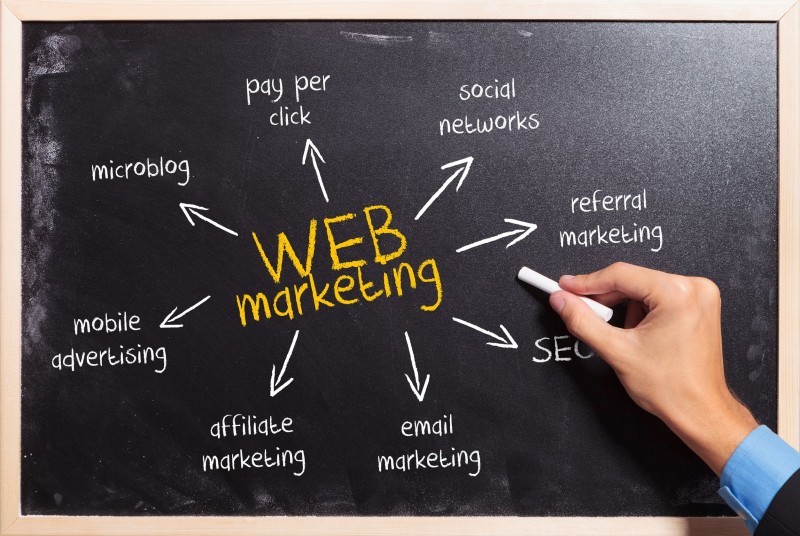In today’s highly competitive business environment, sales lead software plays a pivotal role in helping organizations effectively manage and convert leads into customers. As technology advances and customer expectations evolve, the sales lead software space is witnessing several noteworthy trends and developments. In this article, we will explore the current landscape of sales lead software and highlight key trends that businesses should be aware of.
1. Artificial Intelligence (AI) and Machine Learning (ML) Integration:
AI and ML technologies are revolutionizing the sales lead software space. Advanced algorithms and data analytics capabilities empower businesses to automate lead qualification, prioritize prospects, and personalize communication at scale. AI-powered chatbots and virtual assistants are being integrated into sales lead software, enhancing customer engagement and providing round-the-clock support. These technologies enable sales teams to focus their efforts on the most promising leads, resulting in higher conversion rates and improved efficiency.
2. Predictive Analytics and Lead Scoring:
Predictive analytics is gaining traction in sales lead software, allowing businesses to identify high-quality leads with greater accuracy. By analyzing historical data and patterns, predictive analytics algorithms can predict a lead’s likelihood to convert, enabling sales teams to prioritize their efforts accordingly. Lead scoring algorithms assess factors such as lead demographics, behavior, and engagement, providing a quantitative measure of a lead’s potential value. This data-driven approach helps sales teams allocate their resources effectively, resulting in higher conversion rates and improved sales outcomes.
3. Integration with CRM and Marketing Automation:
Seamless integration between sales lead software, customer relationship management (CRM), and marketing automation platforms is becoming increasingly important. Businesses recognize the need to have a unified view of their customer journey and to streamline data flow across systems. Integration enables data synchronization, real-time updates, and a holistic understanding of each lead’s interactions and touchpoints. The integration of sales lead software with CRM and marketing automation tools enhances lead nurturing, facilitates targeted marketing campaigns, and enables a seamless handover of leads from marketing to sales teams.
4. Mobile Accessibility and Remote Work:
The shift toward remote work and the increasing use of mobile devices have influenced the sales lead software space. Sales professionals need the flexibility to access and manage leads from anywhere, at any time. Sales lead software providers are prioritizing mobile accessibility, offering dedicated mobile apps or responsive web interfaces. These mobile solutions allow sales teams to access lead information, update data in real-time, and communicate with prospects while on the move, improving productivity and responsiveness.
The sales lead software space is undergoing significant transformations driven by advancements in AI, predictive analytics, integration capabilities, and the growing demand for mobile accessibility. Businesses must stay abreast of these trends to gain a competitive edge in lead management and conversion. By leveraging AI and ML, harnessing predictive analytics, integrating with CRM and marketing automation, and embracing mobile accessibility, organizations can enhance their lead management processes, improve conversion rates, and drive sales growth. Embracing these developments in the sales lead software space will position businesses for success in an ever-evolving sales landscape.
For more information, visit doneby.AI



